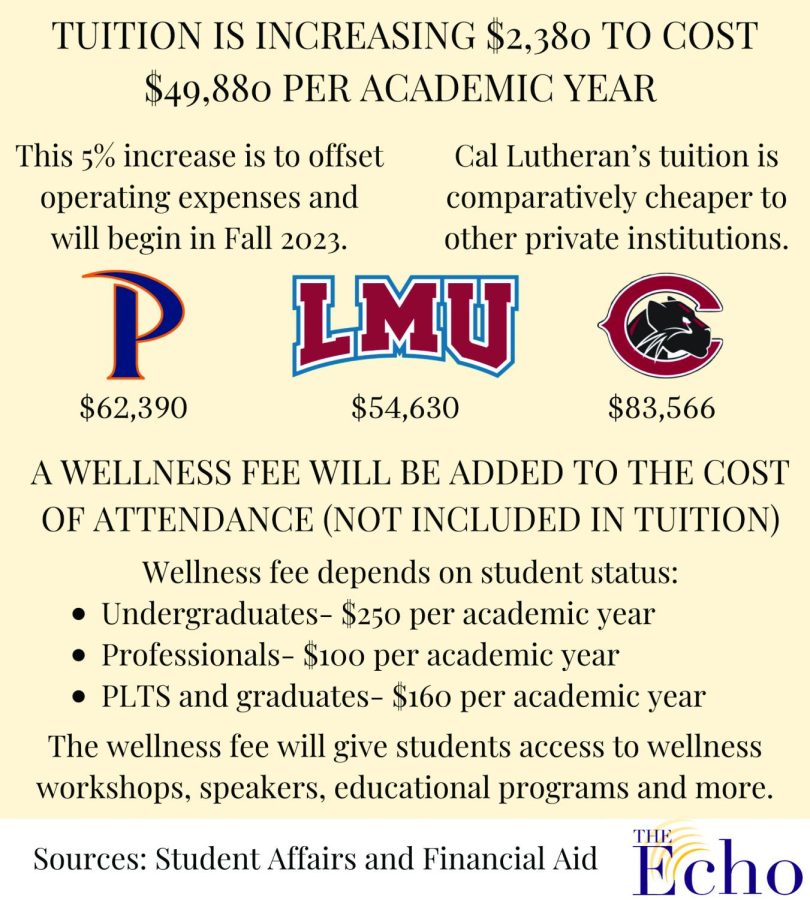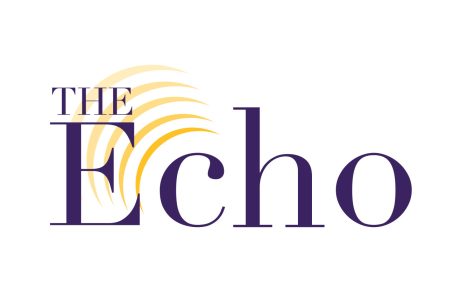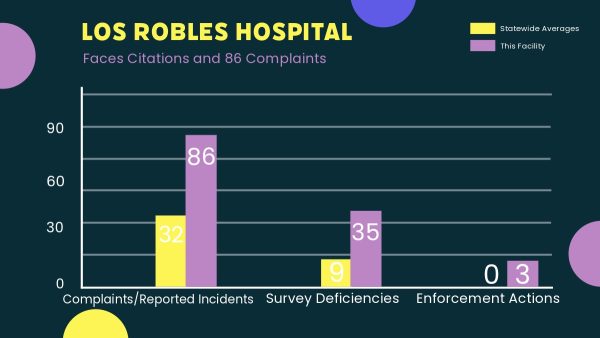New wellness fee to be added, increase in university tuition
February 28, 2023
For the 2023-2024 academic year, a $250 wellness fee has been added to the undergraduate cost of attendance at California Lutheran University, which is separate from tuition costs. In addition, tuition has increased by $2,380 for the next academic year.
Undergraduate students will be paying $125 per semester for the wellness fee, professional students will be paying $50 per term, students at the Pacific Lutheran Theological Seminary will be paying $80 per term, and graduate students will pay $80.
“The thought that went into the different student group pricing was that the different groups spend different levels of time on campus and might be able to utilize resources more than others,” Interim Vice President for Finance Richard Ysasi said. “So, that was the consideration that went into those different groups, about what was fair for each group based on what we felt were services they would actually utilize and how often.”
As part of this fee, students will have access to wellness workshops, speakers and educational programs. Additionally, there will be more staffing for intramural sports and peer health mentors. Hours for psychiatric visits will also be increased. The hours added are specifically for psychiatry, which is offered through Health Services. Currently, the psychiatrist is on campus one day a week; Student Affairs is planning to add a second day.
Vice President for Student Affairs Melinda Roper said that as part of these workshops and events for students, there will be a focus on stress management, nutrition, conflict resolution and more. There will be wellness-related programs that students can engage in for an entire semester and every student is given the chance to attend at least one event.
“We regularly solicit feedback from students regarding the best time to offer programs. Our goal is to schedule during times that allow as many students to attend as possible,” Roper said in an email interview.
Increased staffing for intramural sports provides a way to improve physical fitness for overall health and well-being. Additionally, there will be peer health mentors, who are specially trained students. These peer health mentors can provide health and wellness education and support to their peers.
“Peer mentor responsibilities will include social media campaigns, tabling events, and other forms of educational outreach designed to promote a culture of wellness,” Roper said. “Students can apply for these positions through the student employment process.”
In addition to this fee, tuition is increasing by $2,380. For the 2022-2023 academic year, tuition was $47,500, and for the 2023-2024 academic year, tuition will be $49,880. This 5% increase is to offset operating expenses, according to the Director of Financial Aid Teresa Potts.
“Typically, schools will evaluate each year and increase tuition year to year, so it’s no different here than any other school in the country. Most of that goes towards the increase in service costs, ” Potts said.
In regards to schools around the area, Cal Lutheran is comparatively cheaper. For students living off campus, tuition and fees reach a total of $49,880 a year. This is in comparison to Loyola Marymount University’s $54,630, Chapman’s $83,566 and Pepperdine’s $62,390 a year. For students living on campus, attendance at Cal Lutheran is $63,502 a year. As opposed to LMU’s $72,693, Chapman’s $87,670 and Pepperdine’s $85,202 a year.
Ysasi said that the difference between Cal Lutheran and other schools in the area is something that the university has been working hard to maintain.
“The affordability of students was a factor when we were deciding how to implement the new wellness fee and the cost of tuition as well,” Ysasi said. “And we want to make things as affordable as we can while balancing the cost of university. Particularly in the environment that we are in, where the last few years inflation has been significant in a lot of less-than-predictable marketplace that we’ve been in.”
Even so, those involved are aware that the increase in tuition will be hurting some students that may not be able to afford it.
“We know it’ll affect somebody, but a lot of thought and consideration goes into it and a lot of discussion with Financial Aid and Student Services here on campus to try to make sure that it’s manageable for as many students as possible,” Ysasi said. “While also allowing us to maintain the commitment to university students of providing an excellent education in a particularly challenging environment. We recognize that 5% is an increase that some people will feel, we feel like it’s the right increase for this next year and we’ll work with as many students as we can to make that manageable.”
To measure the increase in tuition, the university uses the U.S. Bureau of Labor Statistics’ Consumer Price Index. According to the 2022 U.S. city average CPI of college tuition and fees, universities saw a 0.4% increase in money spent. Inflation increased by 8.6% for the 12-month period ending May 2022.
“It is basically the cost of everything, energy, food, gas. That’s the government benchmark, and it’s not perfect, but it is one of those benchmarks that would at least tell you the trajectory of where things have been,” Ysasi said.
Financial Aid offers services to help students with the rising costs. Beside merit-based scholarships and FAFSA, students can apply to additional scholarships outside of Cal Lutheran. The Financial Aid office also offers the Congregational Partners in Education, where students can have scholarships from a faith-based organization matched by Cal Lutheran up to $2,500 per year.
“It’s important for us to realize, and I think we do a good job, but there is always room for improvement, knowing that every student counts and trying to meet them where they are at and what they need is the best thing,” Potts said.
According to Potts, balancing all these costs has been an ongoing struggle for the university, especially keeping in mind retention rates of students, but it is a balance that needs to be kept.
“I think any time you increase cost you run the risk of scaring people away,” Potts said. “If they are already struggling, this is just another barrier. So I do think this is just another concern, at the same time, trying to balance the increasing cost of running the university, provide services to students, and the scholarships we offer. Trying to balance all that out and keep minimizing increases is a delicate dance.”











